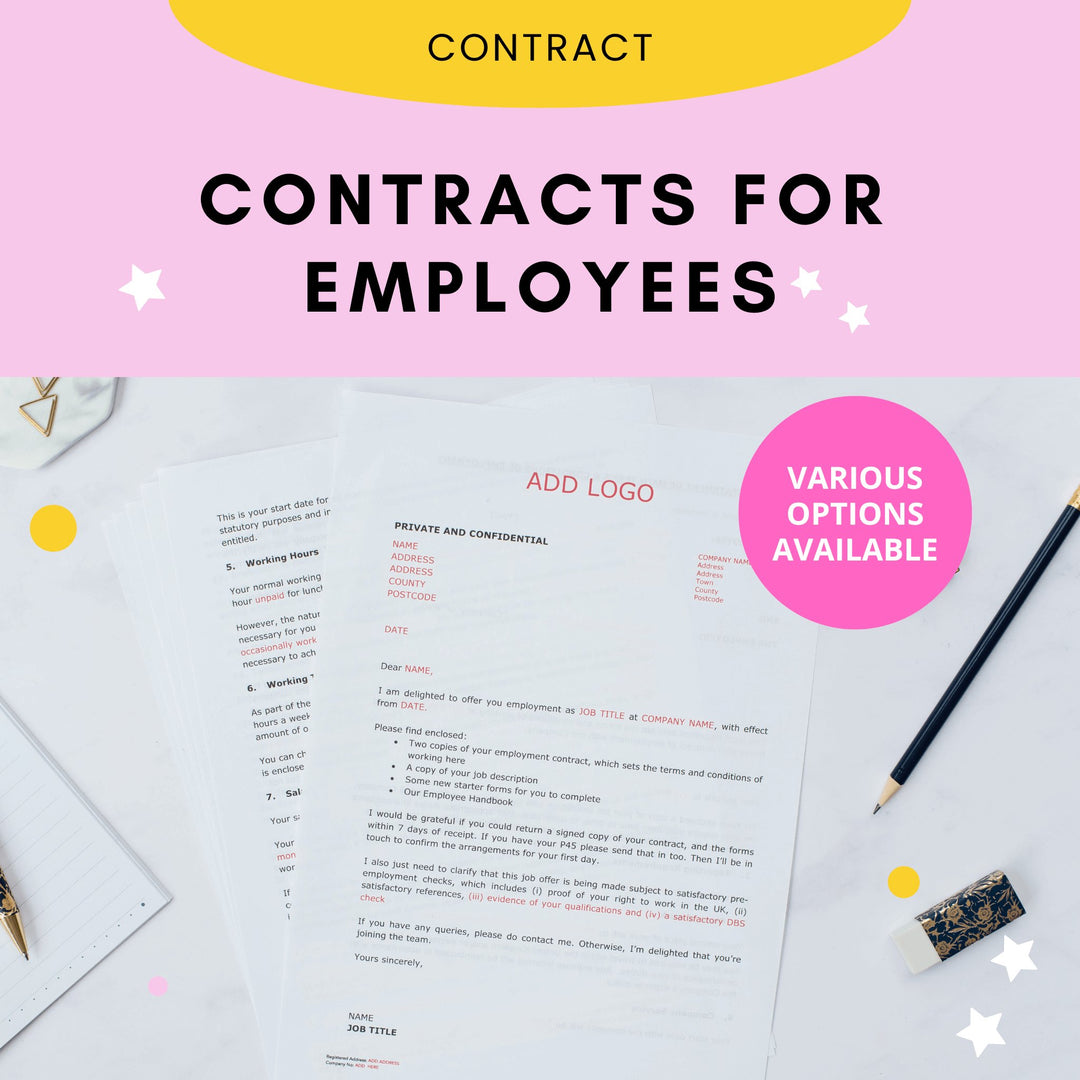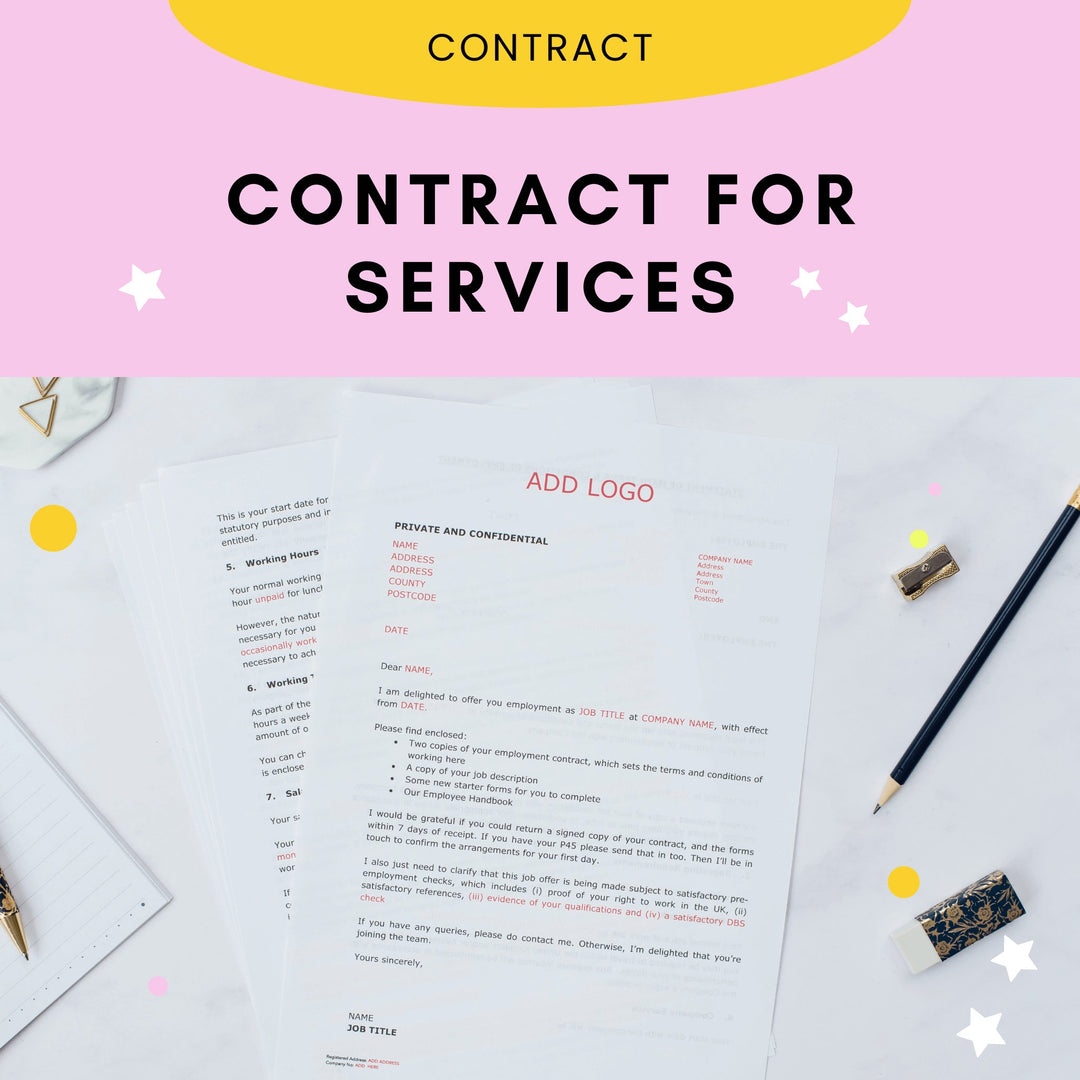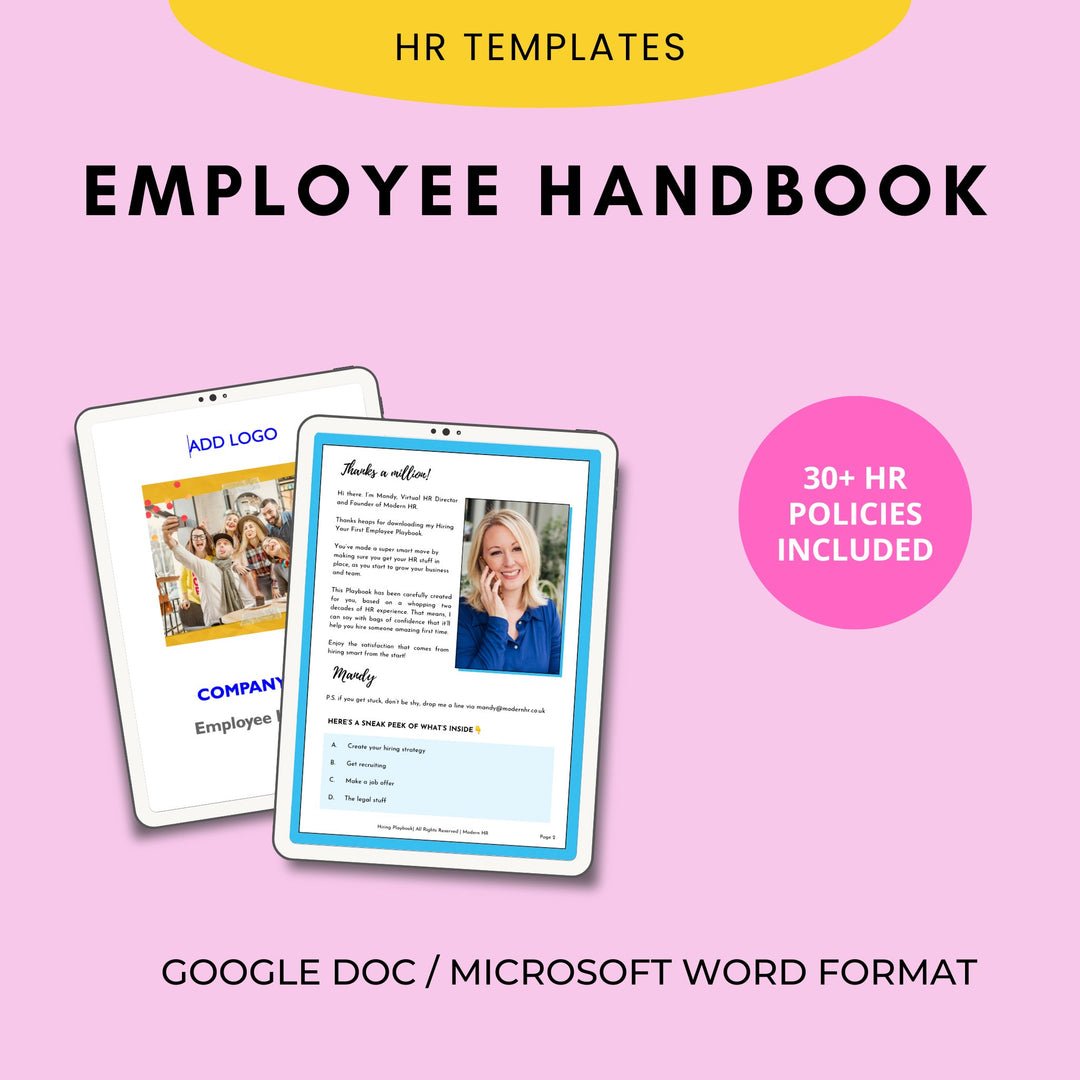My Employee's gone AWOL and I don't know why! What should I do?
Oh dear! Your employee has gone AWOL and hasn’t shown up for work and you don’t know why.
One minute you’re concerned for their welfare, and the next minute you’re pulling your hair out because they’ve let you down.
The technical HR term for this is "going AWOL" (absence without leave). But it's also called ‘ghosting’ 👻 which comes from the online social dating scene.
There’s a proper way to handle this situation, and it starts by putting your emotions to one side. Your job now, is to demonstrate that you’re a fair and responsible employer and follow the right steps to manage this. Here’s how.
First, consider how well do you know the employee?
How long have they worked for you❓
If they've worked for you a long time and this is totally out of character, perhaps something unexpected has happened at home? 😔 If they've been unwell, or you already had concerns about their health, consider whether you think it would be appropriate to contact their next of kin (but more on this later).
Alternatively, if this is their first week of working for you, were there warning signs they weren't enjoying it and perhaps have found another job (and not bothered to let you know?) Sadly, this happens a lot. 🤷♀️
Double check the absence is unauthorised
Before taking any action, it's worth just checking you haven’t got your wires crossed. It sounds bonkers, but running a small business can be totally intense, and it’s really easy to forget conversations you’ve had with your people about time off. 🤪
Did they ask to take leave or have a medical appointment? Have they sent you a text/email letting you know they are going to be late?
Ok, so it's definitely AWOL. Now what?
Ok, so now you are sure your employee has gone AWOL, you can't jump straight to sacking them (no matter how angry or frustrated you may feel).\
There is a legal process you need to follow, otherwise you run the risk of being taken to a tribunal (possibly for unfair or wrongful dismissal or even discrimination).
We now can class your employee has being on unauthorised absence (which is when your employee hasn’t come into work – and you haven’t been notified or told why.
So, here's the process when an employee goes AWOL 👇
Try to make contact ASAP!
It’s your job to proactively try and reach your employee if they’re not at work, and they haven’t been in touch to explain what’s going on.
Give them a buzz and leave them a message if you can’t get through.
You should also try ringing their emergency contact – just in case something unforeseen has happened.
The number of times you attempt contact depends on the job they do, how it’s affecting your business, and whether it’s normal for this person. Remember to use a bit of common sense, and always be fair and reasonable.
Whatever happens, jot down what you’ve done and said, and when you said it. Further down the line – if this becomes a disciplinary issue – you’ll need to show how you took sensible steps to reach your employee.
It's time to put pen to paper ✍️
If you’re still not getting any joy, it's time to send the first formal email if you have their personal email address details. Some employers choose to send the letter by recorded delivery too, to stand a better chance of it being seen.
In the letter you should:
- Show your concern for their wellbeing
- Explain the impact their disappearance is having on your business
- Ask them to get in touch, to discuss what’s going on and what they plan to do
- Get specific about how they should contact you and when by
- Let them know that are now classed as being on unauthorised absence, which is unpaid
- Point out that if they don't make contact, this will lead to disciplinary action
Still no news? Then begin disciplinary action
If you’ve heard nothing after a few days, it’s time to kick-off disciplinary action. Hopefully you've got a policy you can follow.
Send another email (and letter if appropriate), inviting them to a disciplinary hearing. Give them 48 hours notice to attend and make sure it’s at a place they can get to. They should be offered the right to bring somebody with them if they like - Either a colleague or trade union rep.
A ‘hearing’ is a fancy word for a meeting where you:
- Hold a formal meeting with an employee that looks at evidence to reach a decision
- Explain what your employee has done wrong
- Present the evidence to back-up your concerns
- Allow your member of staff to say what’s happened from their perspective
If your employee attends and has a lot to say, you can adjourn the meeting✋🏼 (have a break) to consider their explanation and the evidence. Then start the meeting again when you are ready to let them know your decision (which may be a disciplinary warning or dismissal - whatever you believe is an appropriate sanction for the situation).
If they don't show up to the hearing, you can opt to hold it in their absence. Or reschedule it to give them a final chance to attend. I'd suggest that if they have two years' service or more, you do reschedule the disciplinary hearing, as tribunals suggest this feels like what a fair and reasonable employer should do i.e. give the employee one more chance to attend.
IF THEY STILL HAVEN'T MADE CONTACT
If they don't haven't made contact, you can choose to dismiss them. Make sure you put their dismissal in writing and give them the right to appeal (usually 5 days). This gives them the final chance to make contact with you.
Once done - process them as a leaver and draw a line under it and move on with hiring a replacement.
Don't let it get you down. As I said, it's more common than you may think.
STICK TO THESE MASSIVELY IMPORTANT GUIDING PRINCIPLES 👇🏼
You should know by now that all people problems need to be handled with kid gloves. To protect yourself and your business, you should:
- Be totally fair and reasonable at all times. ✅
- Really think about the person you’re dealing with. Is this new or normal behaviour? 🤔
- Keep a written log of all contact – including what was said, who by, and when. 📝
- Jot down the genuine impacts on your business. For example, having to let a customer down. 😡
- Follow the disciplinary process, if you think a warning or dismissal is appropriate.
- If you dismiss someone - put it in writing with their right to appeal.
- Be driven by what’s written in your employee contracts and handbooks to make sure you’re following your own disciplinary policies. 📄

HERE'S A HELPFUL LIST OF MY MOST POPULAR RESOURCES...
- Take the Leadership Quiz to uncover your natural leadership style.
- Watch my Free Masterclass to learn how to build a high performing team.
- Grab my Free Guide for Busy Managers to help you save 5+ hours every week.
- Browse and download my Free HR Guides and Templates.
- Book a free consultation with Mandy here, to learn more about us working together.











Leave a comment